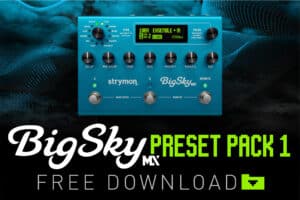
BigSky MX Preset Pack 1
Explore Our First BigSky MX Preset Pack! As part of the latest Nixie 2 update, we’ve put together a free BigSky MX preset pack featuring sounds
Free US Shipping On Orders Over $49
Easy 30-Day Returns
Financing Available Through ![]()
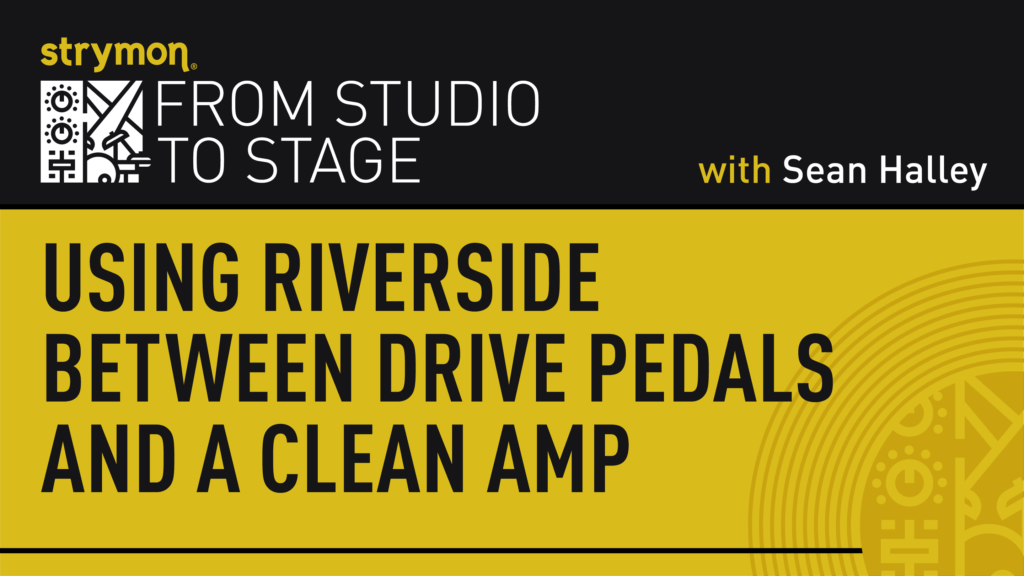
One of the real challenges in getting some classic guitar tones – especially ones from our favorite players from the sixties and seventies – is the exceedingly loud amp volume that was required to make them.
Besides the fact that you can’t really play that loud live onstage these days, the ears of most guitarists are just NOT used to it any longer. Much like looking at my normal 2023 biceps (ahem) versus those of a village blacksmith from the 1600’s, our wimpy 2023 ears have been coddled with direct guitar tones and in-ear monitors for so long that they might simply explode if faced with a dimed 100-watt Plexi.
Some of those favorite tones (if we’re talking Jimi Hendrix, Clapton, Beck, Page, etc) came from fuzz and boost pedals, and often times those fuzzes were being sent into very loud amplifiers that had their own level of saturation and drive going on. There are actually a number of different fuzz designs, and while some work great going straight into a clean amp (Big Muffs, Tone Benders, etc), others can sound a bit odd if there isn’t a bit of “hair” or grit on the amp after them (Fuzzfaces and Tychobrahe Octavia variants).
So what do you do if you have a fuzz, drive or boost pedal that doesn’t really sound right going into your very clean amplifier? My suggestion would be to try putting another pedal in between them that can add some amp-like grit, and for that task there is no better pedal that I know of than Riverside.
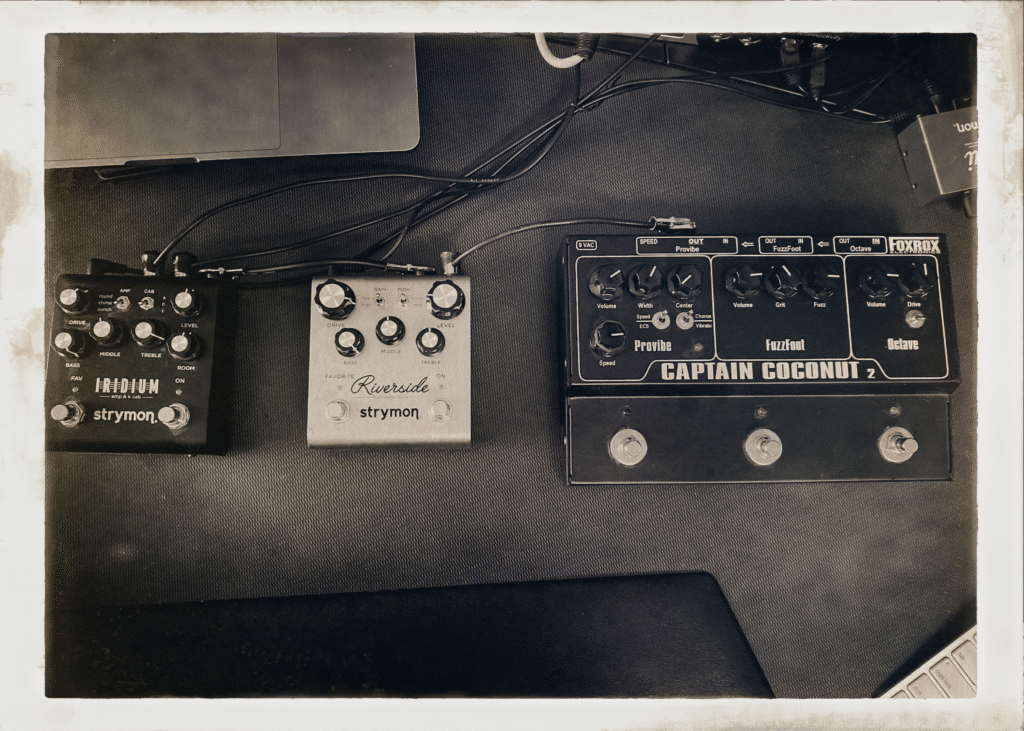
Unlike a traditional distortion pedal, Riverside is far more amp-like with its full EQ and multiple cascaded gain stages that are based upon tube preamp designs. It does a fantastic job on its own, but it also really shines in its ability to be that extra grit/hair stage I was talking about above. As an added benefit, having a separate volume control means that you can hammer the input to Riverside with something loud like a Tchula or SD9, but lower the output of Riverside so your amp’s clean preamp doesn’t get pushed out of its comfort zone.
So if you have a Riverside and some sort of gain pedal that isn’t quite floating your boat, try this: set Riverside up with the Gain switch set to Low, the Push switch set to Norm, EQ set where you like it and the Drive control set between noon and 2 o’clock. Get that sounding nice by itself, and then run your problematic drive pedal in front of Riverside. After a bit of fiddling around you should be able to get a character that you like from the problematic pedal – as if it were driving a loud English tube amp, instead of your clean setup.
I hope this helps someone out there struggling with their inner Jimi or Eric Johnson!
More in a bit.
Subscribe to our newsletter to be the first to hear about new Strymon products, artist features, and behind the scenes content!

Explore Our First BigSky MX Preset Pack! As part of the latest Nixie 2 update, we’ve put together a free BigSky MX preset pack featuring sounds
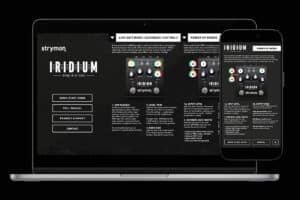
If you happen to be one of those Strymon owners who know that their favorite units might have some extra capabilities but can’t remember exactly
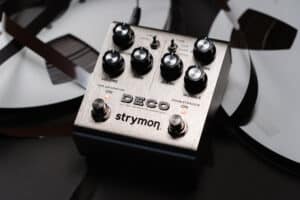
From our favorite artists’ new releases to amazing concerts, and existing artists we’re just finding out about, 2024 was a year filled with great music.